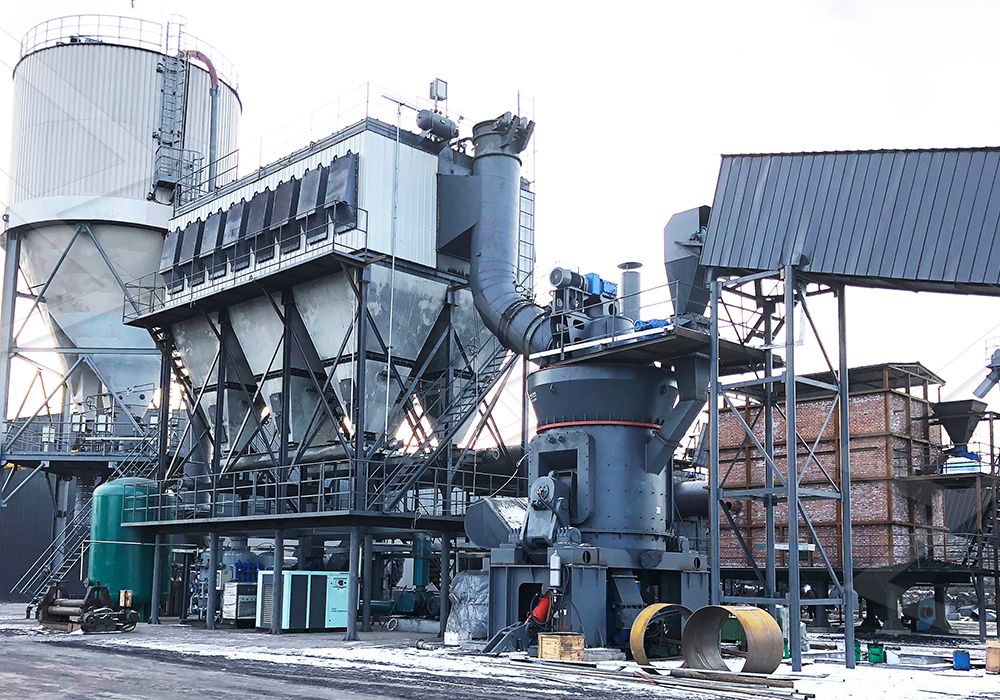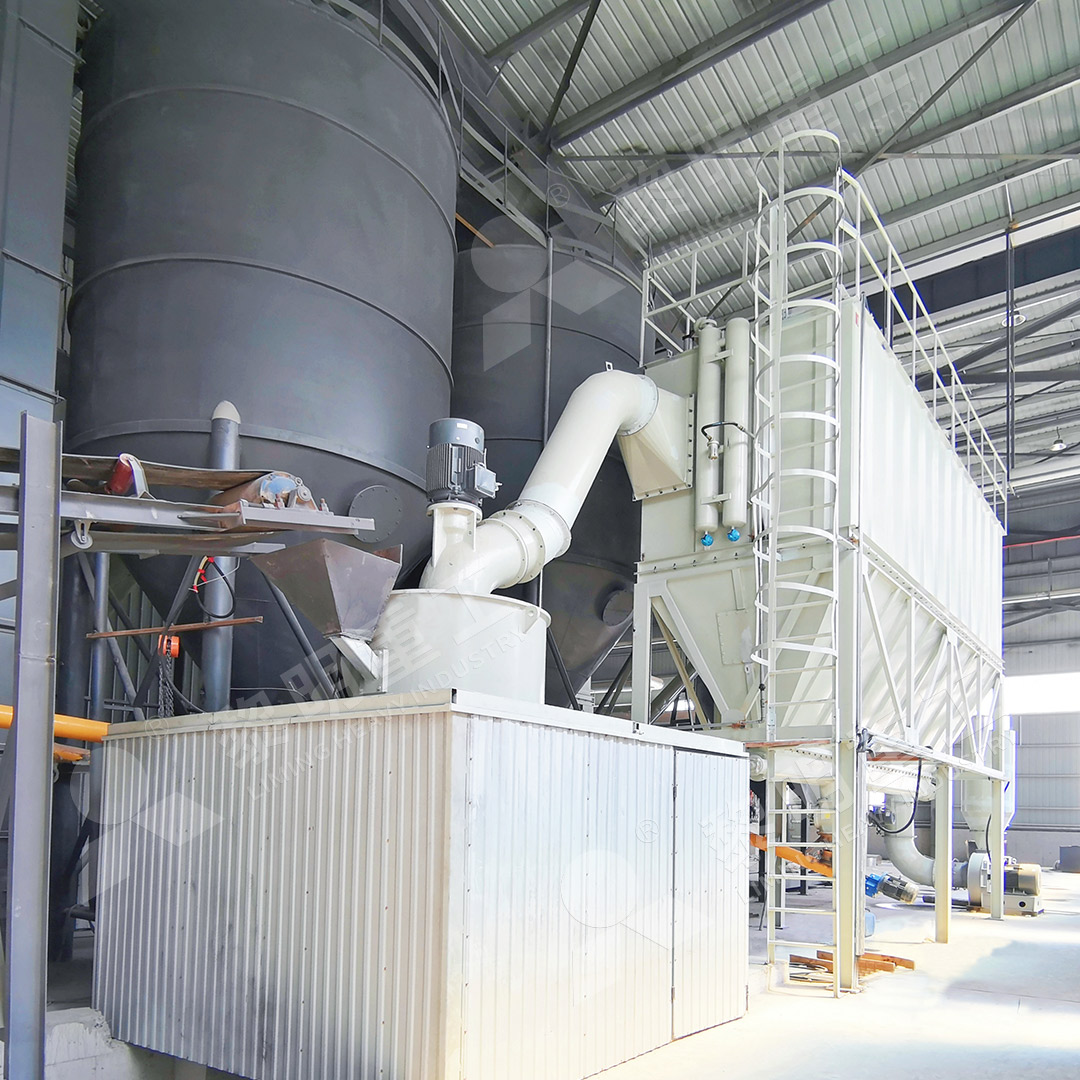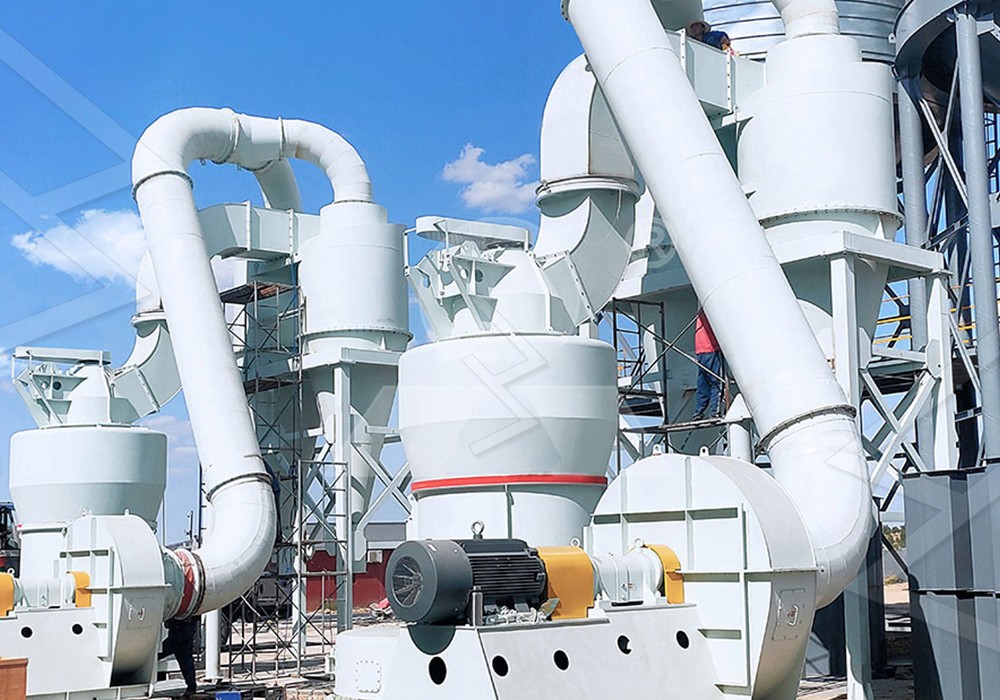800 Mesh Vertical Grinding Mill: High-Efficiency Fine Powder Processing
Unlocking New Frontiers in Ultra-Fine Powder Production
In today’s demanding industrial landscape, achieving consistent ultra-fine powder specifications while maintaining operational efficiency represents a significant challenge for processors across multiple sectors. The pursuit of 800 mesh fineness—equivalent to particles as small as 19 microns—requires grinding technology that balances precision, energy efficiency, and operational reliability.

The Evolution of Fine Powder Processing
Traditional grinding approaches often struggle with the precise particle distribution and energy demands of ultra-fine powder production. Conventional ball mills and Raymond mills, while serviceable for coarser applications, frequently fall short when targeting the 800 mesh threshold, where controlled particle distribution and minimal contamination become critical quality parameters.
Modern vertical grinding technology has emerged as the solution to these limitations, offering manufacturers the ability to produce high-value fine powders with unprecedented control over particle characteristics. The vertical configuration inherently provides better material flow dynamics and more efficient classification, resulting in superior product quality with reduced energy consumption.
Advanced Engineering for Demanding Applications
For operations requiring consistent 800 mesh output, our MW Ultrafine Grinding Mill represents a technological leap forward. Engineered specifically for ultra-fine powder production, this system achieves fineness between 325-2500 meshes with remarkable precision. The innovative cage-type powder selector, incorporating German separation technology, ensures accurate particle classification while the absence of rolling bearings and screws in the grinding chamber eliminates common failure points that plague conventional designs.

With an input size capability of 0-20 mm and throughput ranging from 0.5 to 25 tph, the MW Ultrafine Grinding Mill demonstrates exceptional versatility across diverse materials including limestone, calcite, dolomite, and various industrial minerals. The integrated pulse dust collector and muffler system addresses environmental concerns by minimizing dust emissions and reducing operational noise, ensuring compliance with stringent environmental standards.
Operational Excellence Through Innovative Design
The efficiency advantages of modern vertical grinding systems become particularly evident when examining energy consumption metrics. Compared to conventional jet mills, the MW Ultrafine Grinding Mill reduces system energy consumption by approximately 30% while increasing production capacity by up to 40% at equivalent fineness levels. This dramatic improvement stems from optimized grinding curves and advanced material bed compression technology that maximizes the energy transferred to the grinding process.
For operations requiring slightly different specifications, our LUM Ultrafine Vertical Grinding Mill offers complementary capabilities with its 0-10 mm input size range and 5-18 tph capacity. The LUM model incorporates the latest grinding roller technology from Taiwan and German powder separation expertise, creating a comprehensive solution for superfine dry powder production of non-metal ores.
Application-Specific Solutions
The true value of advanced vertical grinding technology manifests in its application versatility. From enhancing product performance in the chemical industry to meeting strict purity requirements in cosmetics and pharmaceuticals, 800 mesh powders enable manufacturers to develop superior end products. The consistent particle distribution achieved through precision grinding directly translates to improved suspension properties, better reactivity, and enhanced product characteristics across countless applications.

Materials ranging from calcium carbonate for plastics reinforcement to talc for cosmetic formulations benefit from the controlled processing environment provided by modern vertical mills. The ability to maintain product whiteness and purity while achieving target fineness makes these systems indispensable for high-value powder production.
Frequently Asked Questions
What maintenance requirements are associated with 800 mesh grinding mills?
Modern vertical grinding mills are designed for minimal maintenance intervention. The MW Ultrafine Grinding Mill specifically eliminates rolling bearings and screws from the grinding chamber, removing common failure points. External lubrication systems allow for maintenance without production stoppages, while digital monitoring provides early warning of potential issues.
How does energy consumption compare to traditional grinding systems?
Advanced vertical grinding systems typically reduce energy consumption by 30-50% compared to conventional jet mills or ball mills when producing equivalent fineness. This efficiency stems from optimized grinding mechanics, superior classification efficiency, and reduced system pressure drops.
What materials are suitable for 800 mesh processing?
Vertical grinding mills effectively process numerous non-metallic minerals including limestone, calcite, dolomite, gypsum, barite, marble, talc, and various industrial minerals. Material hardness should generally not exceed Mohs 6, though this varies by specific mill design.
How is product fineness controlled and adjusted?
Fineness is primarily controlled through adjustable separator speed and grinding pressure. The MW Ultrafine Grinding Mill’s multi-head cage-type powder selector allows precise tuning of product specifications, enabling operators to target specific mesh sizes between 325-2500 as production requirements evolve.
What environmental considerations are addressed?
Modern grinding systems incorporate comprehensive environmental controls including pulse-jet dust collectors that achieve 99.9%+ collection efficiency, sound-dampening technology reducing noise to acceptable levels, and fully enclosed systems that prevent material escape throughout the process.
